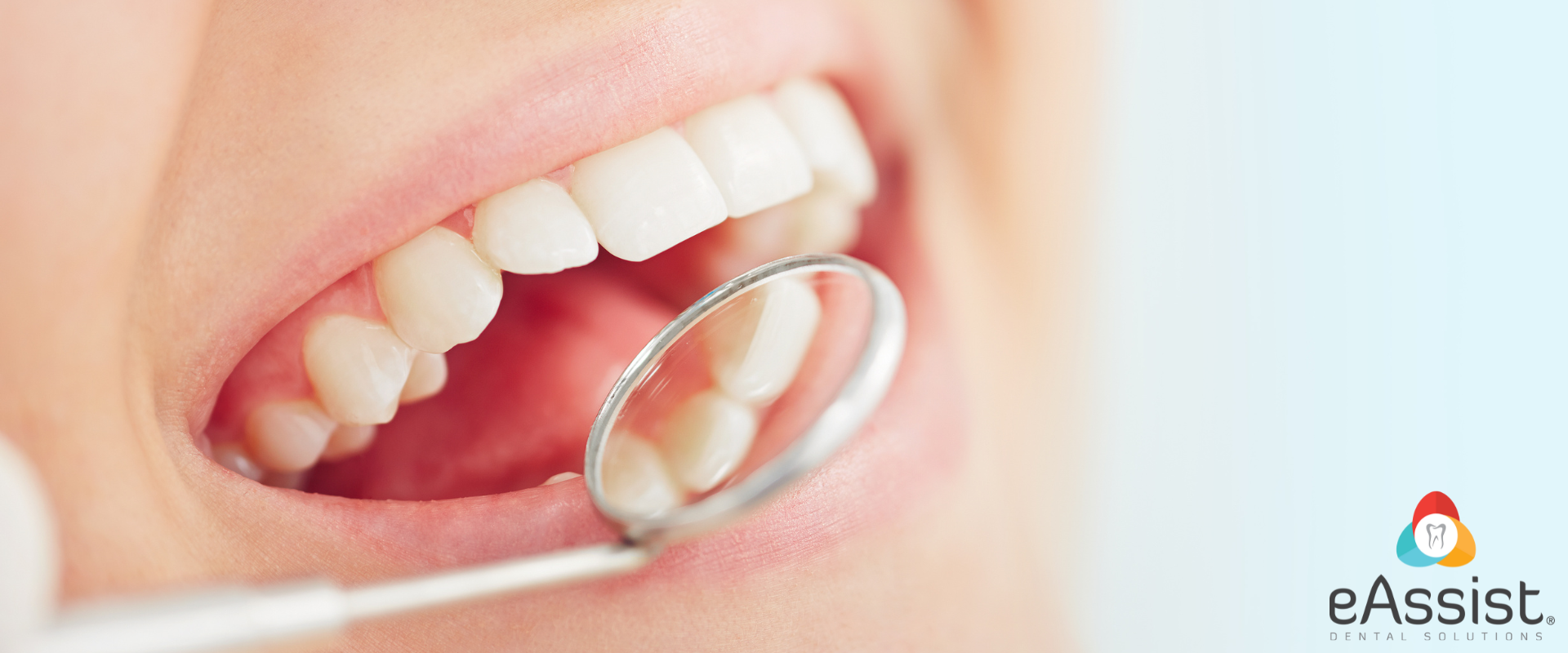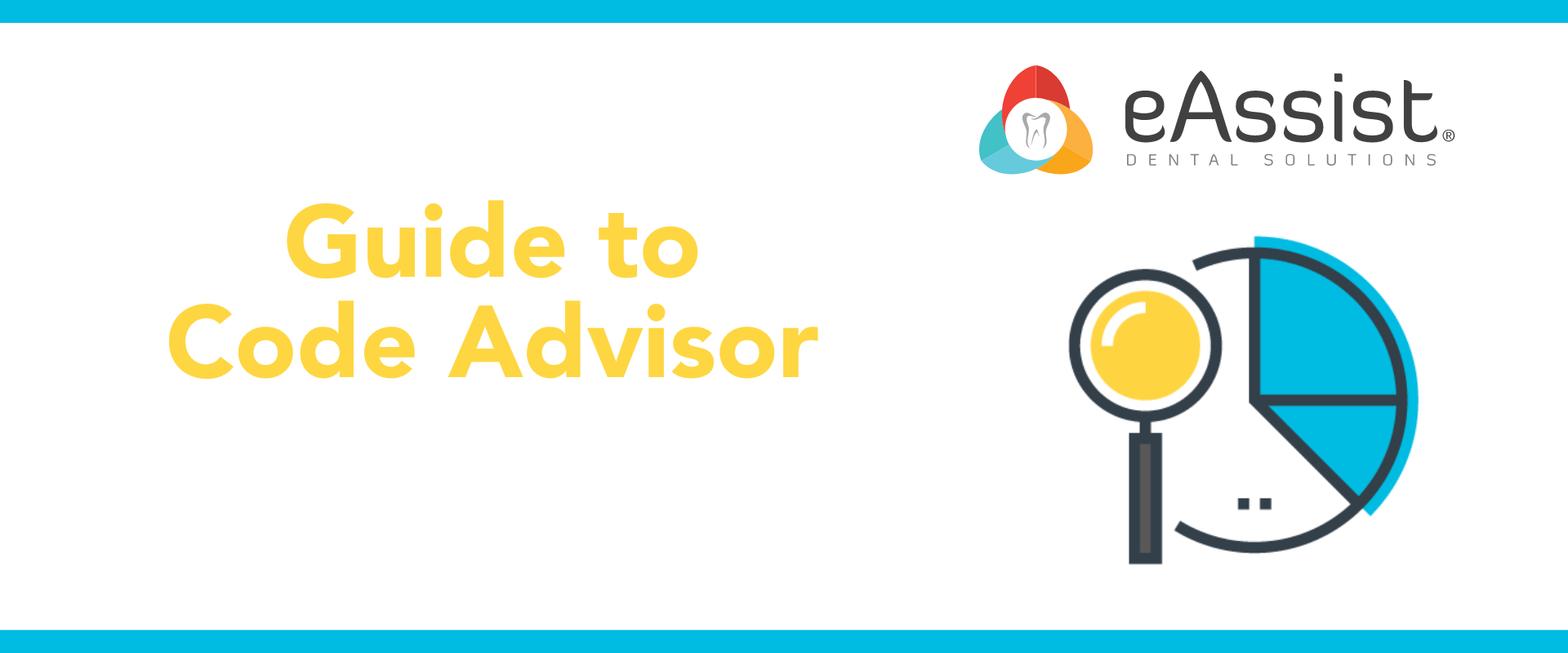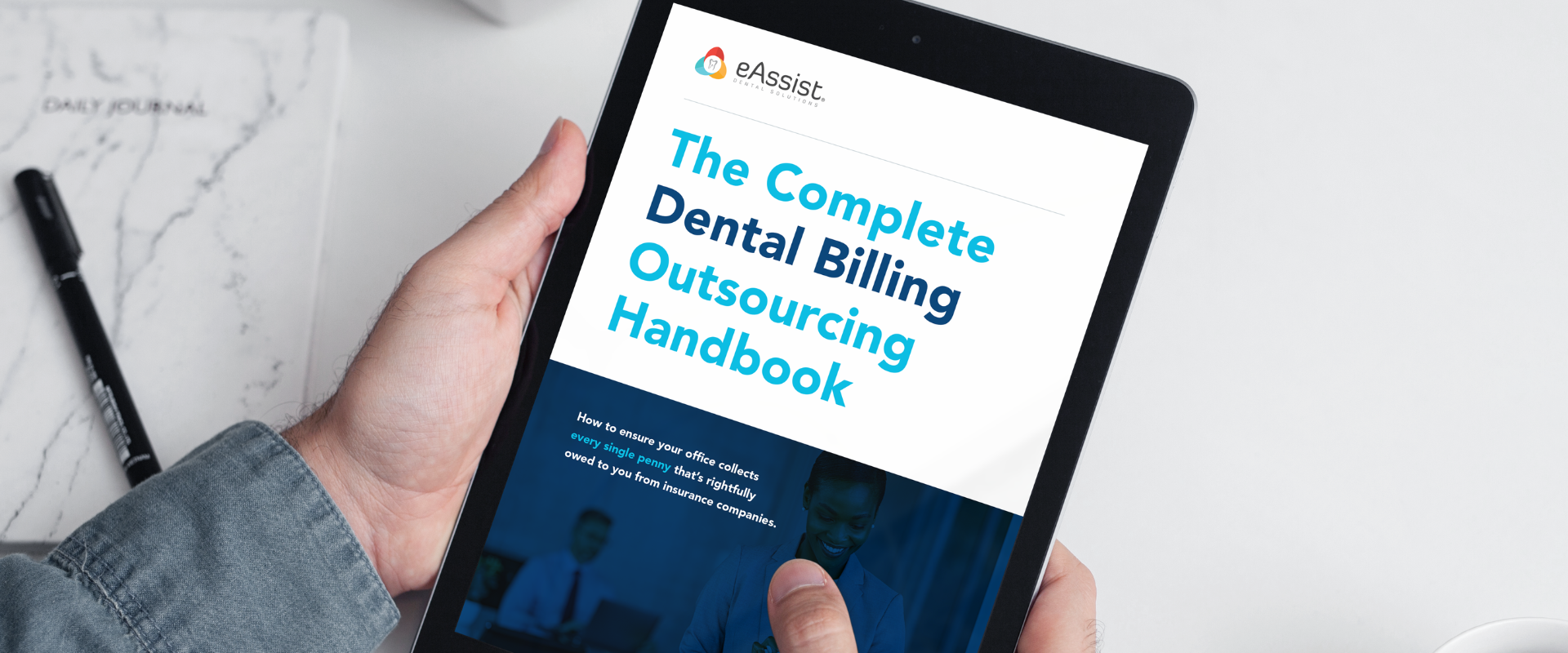When it comes to dental billing there are so many different procedures that it can be hard to remember how to bill each one. One unique procedure is the occlusal guard. Deceptively simple, it does require some specifics to bill it correctly…and get paid. Here are some tips on how to properly bill one.
What is an occlusal guard?
It is a removable device that fits over your teeth to protect them from damage due to grinding and clenching, also known as bruxism. It may also be used to treat conditions such as TMJ or sleep apnea. It’s often called a night guard because it’s frequently worn while sleeping.
What CDT Codes are used?
There are three different CDT codes which can be easily confused. Per the ADA they are:
-
- • D9944 occlusal guard – hard appliance, full arch
- • D9945 occlusal guard – soft appliance, full arch
- • D9946 occlusal guard – hard appliance, partial arch
On the claim form, always list the arch involved when billing either D9944 or D9945. List both the arch and quadrant when billing D9946. If you are struggling with coding, a good resource to have on hand is Dental Coding with Confidence from Practice Booster.
Do occlusal guards need pre-authorizations and referrals?
They are not specialty treatments so there is no need for a referral. Some plans, especially active military and Medicare, may require pre-authorization. For these plans, submit the required forms for the treatment to be pre-approved before the appointment.
What x-rays are needed for occlusal guards?
When billing occlusal guards, always include a panoramic x-ray. In addition, any other x-rays or intraoral photos showing damaged or ground-down teeth should be included.
What do clinical narratives require?
The narrative needs to explain exactly why the patient needs an occlusal guard. Include the arch and the teeth that have been affected. The more details supporting the need for treatment, the better chance of getting paid.

Do frequency limits apply?
Depending on the plan, frequency limits may apply. Often these limits range from 1-5 years. Keep in mind that a waiting period may also apply, meaning that they may not be covered until a certain time has passed since the plan’s effective date. Verify frequency limits and waiting periods before billing claims.
Can I bill an occlusal guard to medical insurance?
A medical carrier may cover an occlusal guard but it is not guaranteed. Verify if the patient’s medical plan covers the procedure. If so, you must use ICD-10 and CPT codes to bill the treatment. If you need assistance with medical coding a good resource is Practice Booster’s Medical Dental Cross Coding with Confidence.
When billed correctly, occlusal guards are an excellent source of income for a dental practice. Consider partnering with eAssist for all your dental billing needs. Our Success Consultants are happy to bill your claims thoroughly and accurately to get them paid. To find out more, schedule a free consultation here.









Diego Dickinson
Your comment is awaiting moderation.
fake emails
Your comment is awaiting moderation.
yopmail
Your comment is awaiting moderation.
aeroslim Review
Your comment is awaiting moderation.
aeroslim Review
Your comment is awaiting moderation.